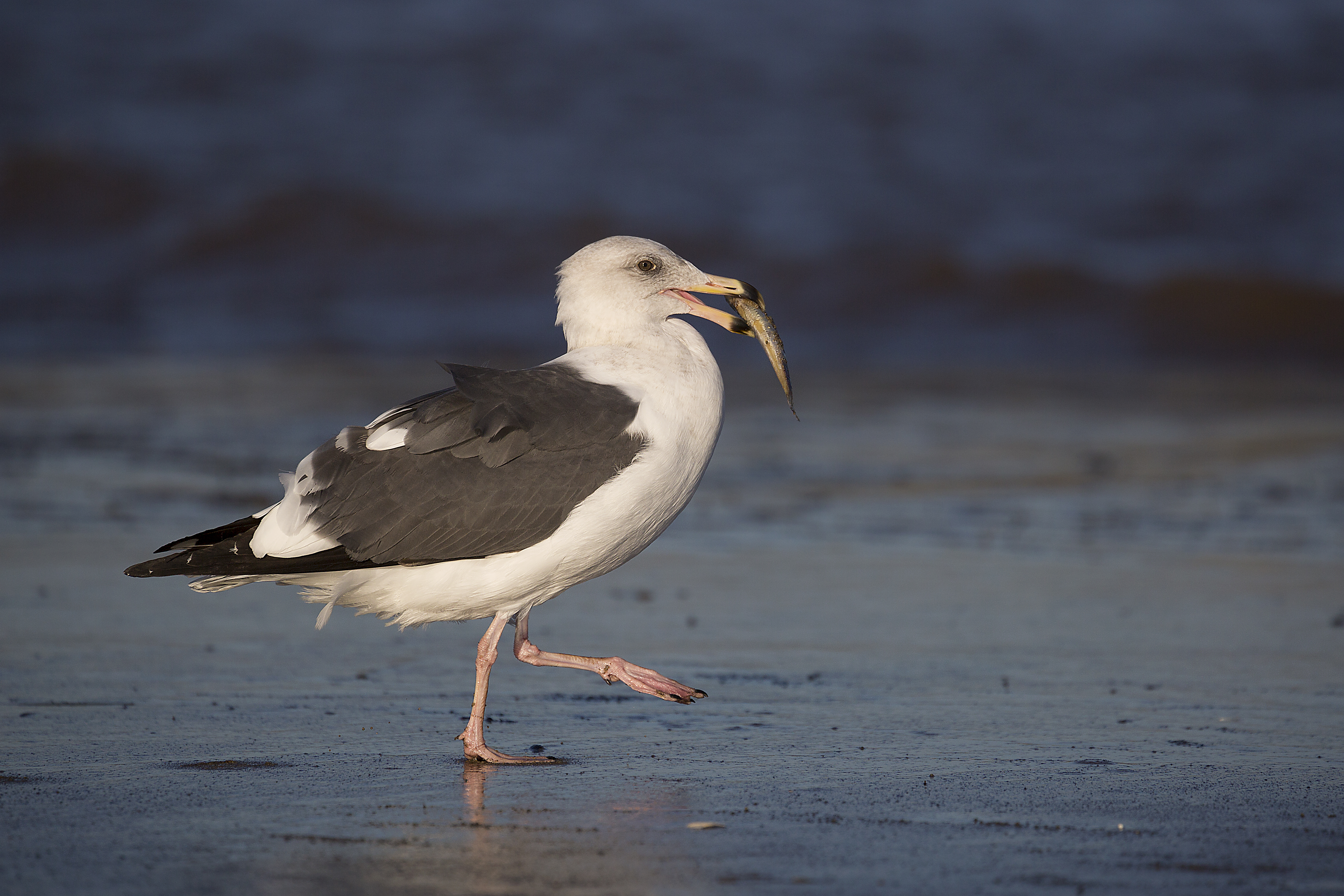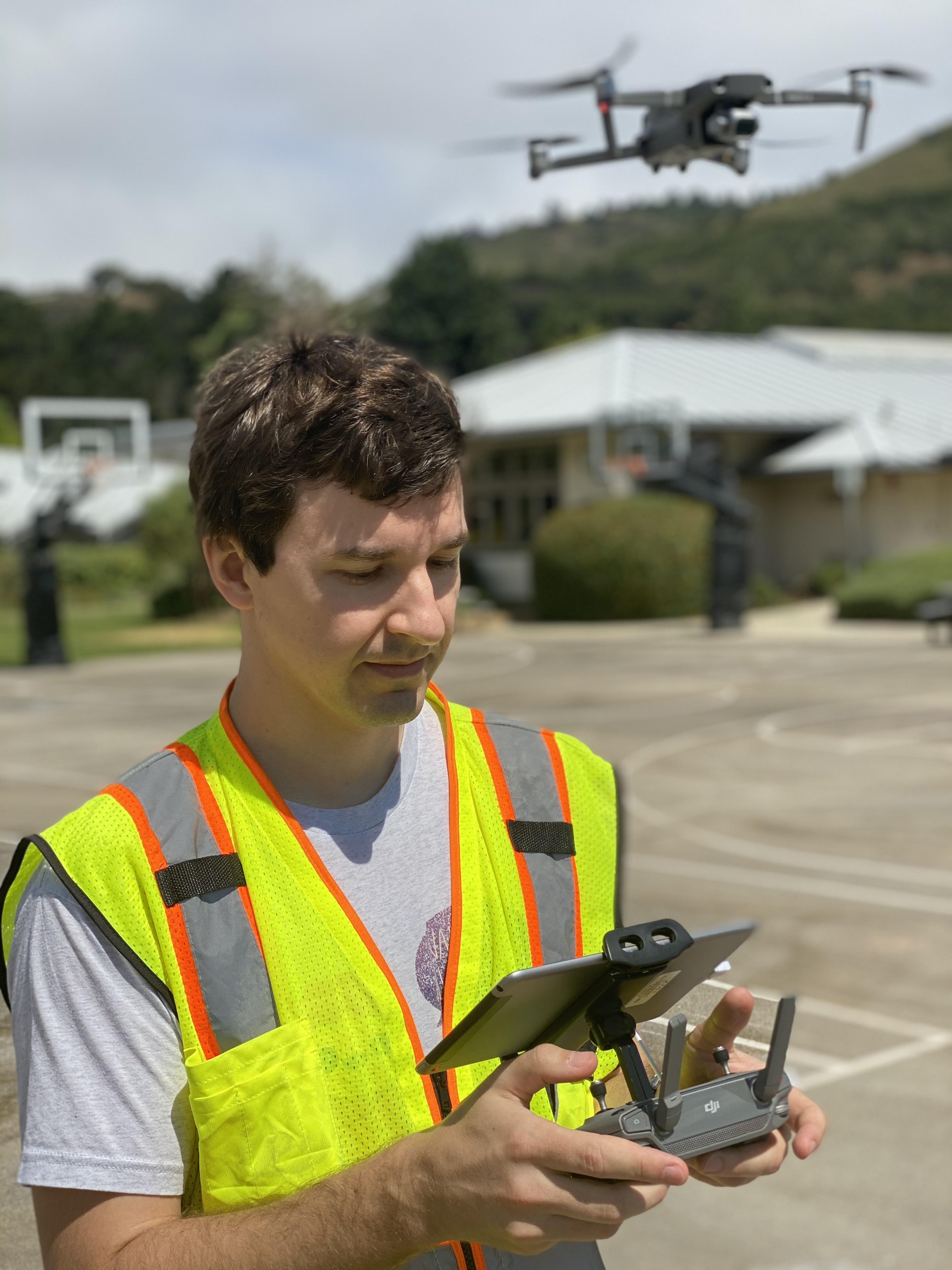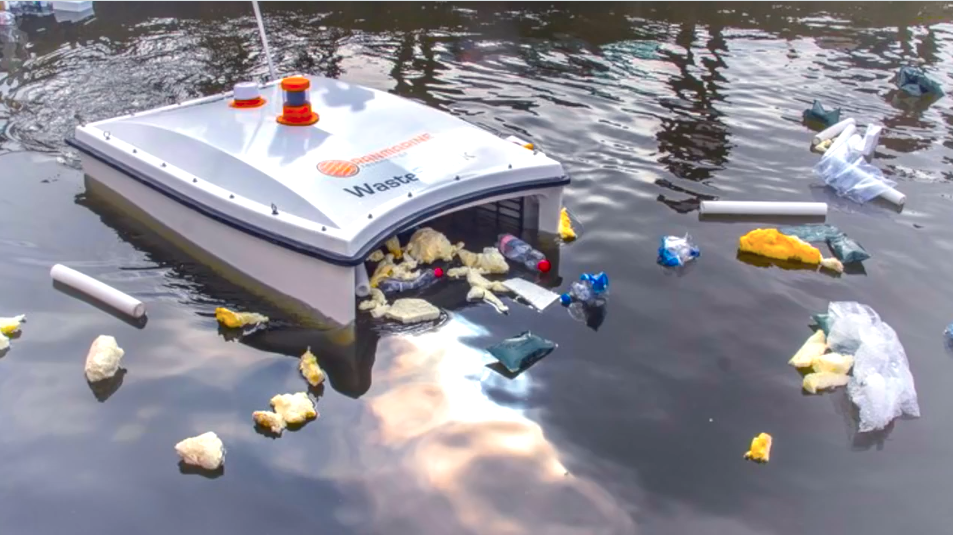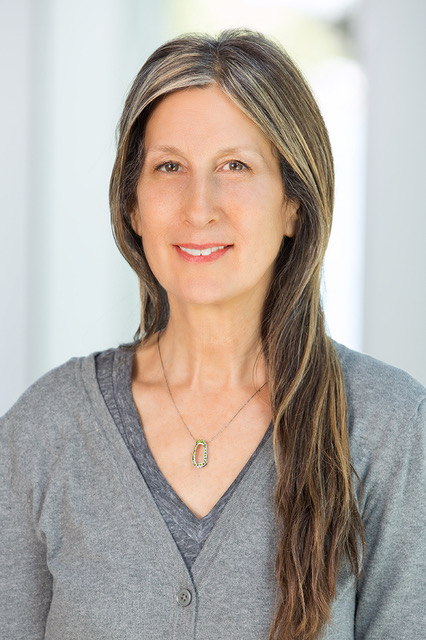 California Gull strutting along protected wetlands of the San Francisco Estuary [Chase Dekker Wild-Life Images/Getty Images].
California Gull strutting along protected wetlands of the San Francisco Estuary [Chase Dekker Wild-Life Images/Getty Images].
In a newly launched project codenamed CityShark, the Danish Ministry of Climate, Energy, and Utilities and several partners are enlisting drones to help identify and clean up liquid and solid waste from the Port of Aarhus, about 116 miles (187 kilometers) from the country’s capital city of Copenhagen.
As aerial drones fly over oil and gas spills, trash deposits, and other floating debris in the Danish deep-sea port, they send signals to sailing drones, instructing them to clean up the waste and deliver it to a nearby sanitation facility. Cleaning up oceans, harbors, and rivers can take a lot of time, require a ton of effort, and cost a lot of money, so efforts like CityShark are testing the use of drone imaging, AI analytics, and high-performance cloud (HPC) computing to help the process.
“Protecting life in the water and cleaning up our pollution is the ethical thing to do,” says Martin Skjold Grøntved, special consultant for the Danish Agency for Data Supply and Efficiency, part of the Danish Ministry of Climate, Energy, and Utilities, and a participant in the Oracle for Research program. “It’s also expensive, especially when you think about the damage it does to the fishing industry, tourism, and recreation.”
Beyond ethics and economics, trash floating in the water can also lead to a declining supply of the earth’s oxygen.
“Compared to mercury, lead, and PCBs, a lot of people think that when it comes to water quality contaminants, trash is relatively benign,” says Tony Hale, program director for environmental informatics at the San Francisco Estuary Institute, a nonprofit science institute focusing on the health of the San Francisco Bay. “But as trash piles up, it can smother plants, limit phytoplankton growth, and reduce the amount of oxygen that gets released into our atmosphere.”
It’s a bird! It’s a ship! It’s a drone?
In a recent panel discussion hosted by Oracle and Kinetica, both the Danish Ministry and the San Francisco Estuary Institute (SFEI) described how they’re deploying a fleet of drones equipped with AI-guided cameras, and then using Kinetica’s streaming data warehouse and Oracle Cloud Infrastructure (OCI) HPC to identify and collect waste in public waterways.
In Denmark’s CityShark project, the drones’ multispectral cameras take several, 3-megapixel images simultaneously. By running machine learning algorithms using the OCI HPC platform’s parallel processing capability, the images are instantly processed and analyzed to provide conclusions. “Drones are limited to short flight times, so without parallel processing capabilities, it could take days to capture the images and complete our analysis,” says Jakub Srna, the software engineer who developed the oil spill detection and removal algorithms for the CityShark project at the Technical University of Denmark. “But with OCI HPC, we can survey the entire harbor, process the images, and complete our analysis in a single flight.”
 Aerial drone equipped with multispectral cameras, heading to the San Francisco Bay to capture images of trash [Courtesy of Pete Kauhanen for the San Francisco Estuary Institute (SFEI)].
Aerial drone equipped with multispectral cameras, heading to the San Francisco Bay to capture images of trash [Courtesy of Pete Kauhanen for the San Francisco Estuary Institute (SFEI)].
About 5,000 nautical miles (9,000 kilometers) from the city of Aarhus, SFEI sent aerial drones over the San Francisco Bay and neighboring tributaries, collecting, classifying, and analyzing some 35,000 images of trash. Having trained a machine learning algorithm with more than 2,000 annotations, the team now has a tool that can identify the type, quantity, and location of each particle of trash depicted in those images, and then measure the impact that the trash is having on the environment. “Being able to measure the amount of trash in the environment is a critical first step to understanding the efficacy of plastic bag bans and other environmental protection policies,” SFEI’s Hale says.
The need for speed
As a nonprofit, SFEI has limited resources and operates primarily through funding from research grants. Because many of these grants depend on meeting certain milestones and timelines, SFEI needed a computing platform that can run its algorithms and report on the findings quickly. Completing such analyses using on-premises servers was becoming increasingly challenging, taking weeks to complete.
During the past year, rolling blackouts and COVID 19-related restrictions on working in the office made it difficult for staff to get in their building and update software, maintain hardware, or ensure that the power was on. Since moving these workloads to Kinetica and OCI HPC, “we’re not only able to run parallel computations, but we can also run them around the clock, without interruption,” says Lorenzo Flores, a software engineer at SFEI.
SFEI’s algorithm is locked into a single GPU instance running on OCI, “which means we can run multiple experiments at the same time,” Flores says. “This not only helps us do real-time parameter tuning to get more accurate results from our analyses, but it also helps us get these jobs done within hours, rather than weeks. That’s not possible with a single GPU running on my desktop.”
 Danish Climate Ministry partner RainMarine Technology, provides the WasteShark sailing drone to clean up liquid and solid waste along the Port of Aarhus [RanMarine Technology BV].
Danish Climate Ministry partner RainMarine Technology, provides the WasteShark sailing drone to clean up liquid and solid waste along the Port of Aarhus [RanMarine Technology BV].
Deploying the Kinetica streaming data warehouse on OCI HPC helps both the Danish Agency for Data Supply and Efficiency and SFEI scale their projects over time.
“Partnering with Oracle offers a variety of state-of-the-art compute shapes, like the latest Nvidia Tesla and Ampere architectures,” says Nick Alonso, director of global solutions at Kinetica, an Oracle partner and participant in the Oracle for Startups program. “They can also expand their clusters across Oracle’s multiple availability zones, and with Oracle Container Engine for Kubernetes, SFEI and the CityShark project can manage their containers at no cost, which can have a huge impact on their development expenses.”
In these types of image analytics workloads, speed is essential. Trash needs to be instantly identified and then removed quickly before it floats to a different location. “With the Kinetica platform, SFEI and the Danish Agency for Data Supply and Efficiency can build their machine learning models, and then run their geospatial analyses in real time,” says Liz McGlauflin, chief customer success officer at Kinetica. “Because our platform runs on OCI, it gives our customers the speed they need to complete their analyses, and the elasticity they need to scale their projects, all at a great price point.”
